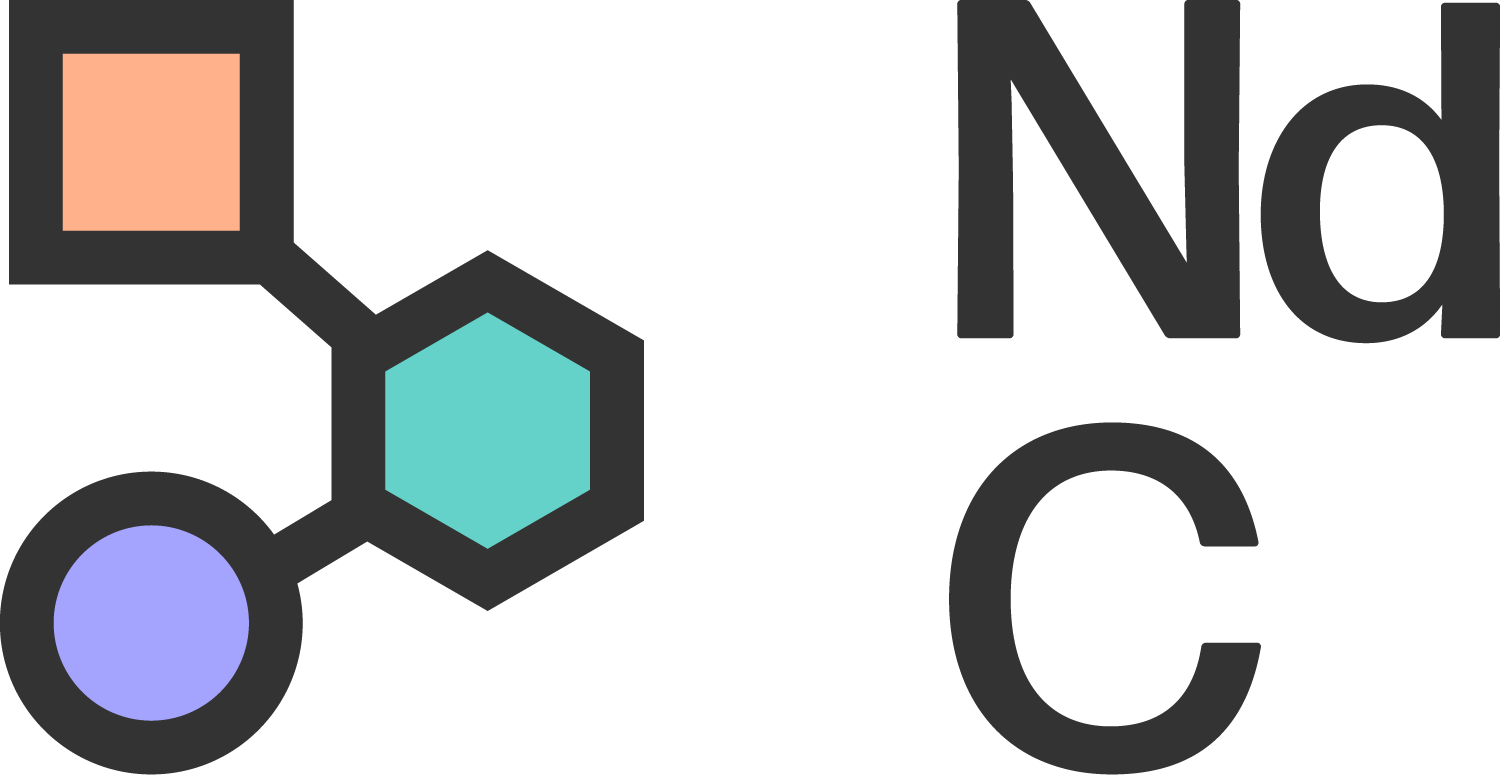My Origami Child
I was describing my ‘AuDHD’ (autistic and ADHD) daughter's school masking to a psychologist recently. She had been really understanding about my child's experiences up to a point, but I knew I had to explain the masking carefully, because it's not always what people (even professionals) think it is.
Lawson (2020) points out that the word ‘masking’ suggests an attempt to consciously deceive or pretend in order to fit in, while for most neurodivergent people this tends not to be the case - instead they experience an overwhelming need to feel safe and do this not through choice but through survival. My daughter adopts ‘survival’ techniques to get through the school day, and that cannot be underestimated.
So, in the psychologist’s office that day, I thought for a minute, and I came up with a pretty efficient analogy.
At school, Teeny is beautiful origami. Everybody loves to look at the origami, and marvel at how pleasant it is, but nobody thinks about the complicated processes it took for her to fold that way. They just like to look at the origami and feel pleased with themselves that they are keeping the origami in one piece all day every day.
When she gets home, when she's with me, she knows I can help her unfold. I can open up all the pieces that she's been hiding away all day. And she can just be paper, with no expectations. Just herself.
Chapman et al (2022) highlight that this type of masking can develop as a “protective mechanism to avoid re-experiencing bullying, rejection, discrimination or ostracism” (p2). But, no matter how many times we tell those around her that she’s struggling, all they see are neat lines and perfect folds, holding their shape all day, every day.
But what I forgot to tell the psychologist was that every day the lines get folded over and over, and the lines become creases and then eventually they scar the paper.
The origami may be beautiful but it's hiding all those scars for the sake of everyone else's enjoyment, to make sure that life is pleasant for everyone else, at its own expense. You might unfold the creases one day, but the scars will never go away.
That's what school masking does to my child, and somehow everyone around her seems to be ok with that. Because they have that cute, intricate little origami all day, they don't need to consider what happens beyond that.
When Chapman et al (2022) describe young autistic people’s experiences of inhospitable environments and the attitudes of others unconsciously driving them to masking as an anxiety-driven response, it isn’t too hard to see why the wrong school or the wrong teacher can have far-reaching implications for neurodivergent children and young people. I’m a teacher, I know the challenges. That’s why we have to listen - to the children and young people, to the parents, to the community.
When I first shared this story on social media, it got nearly 100k views, 1000 likes, and 300 retweets within the first 24 hours. It speaks volumes that, for the first time for many people, neurodivergent masking (and its repercussions) made sense in a ‘poignant’, 'powerful', ‘beautiful’, and ‘heartbreaking’ analogy.
It shouldn't have to be this way. Paper is fragile. Handle with care.
The original tweet can be found here: https://twitter.com/egstirling/status/1625864133689180160
References
Chapman, L., Rose, K., Hull, L. and Mandy, W. (2022) “I want to fit in... but I don’t want to change myself fundamentally”: A qualitative exploration of the relationship between masking and mental health for autistic teenagers. Research in Autism Spectrum Disorders, 99, 1-18.
Lawson, W. (2020) Adaptive Morphing and Coping with Social Threat in Autism: An Autistic Perspective. Journal of Intellectual Disability - Diagnosis and Treatment, 8, 519-526.

